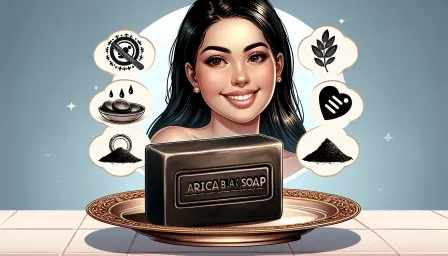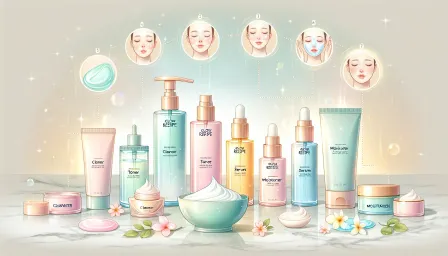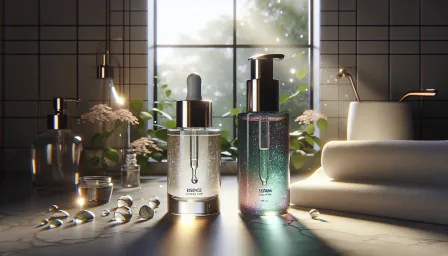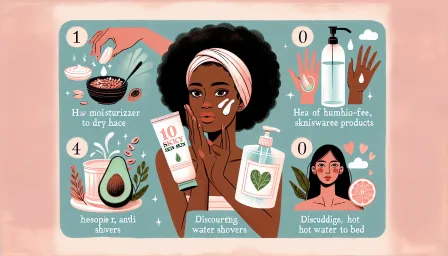Understanding Post Inflammatory Erythema: Effective Treatment Methods
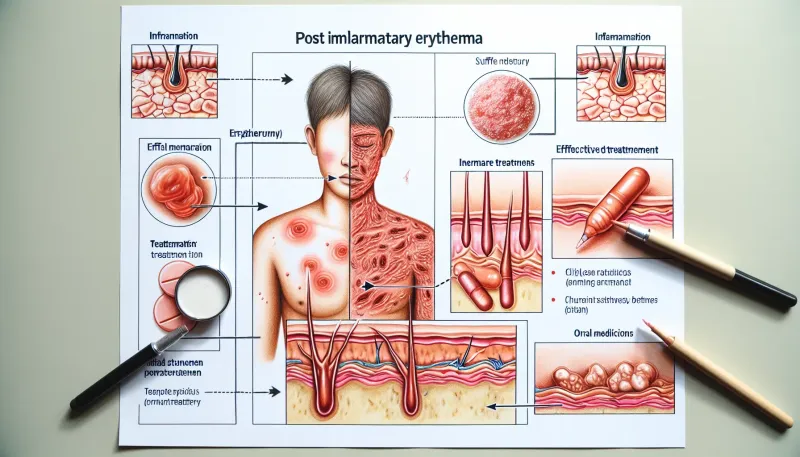
Discover effective treatment methods for post inflammatory erythema (PIE). Learn how to manage, reduce, and treat PIE through natural and medical approaches.
Introduction
Post inflammatory erythema (PIE) is a common skin condition often mistaken for post-inflammatory hyperpigmentation (PIH). PIE manifests as red or pink discoloration on the skin, typically following acne or other inflammatory conditions. Unlike hyperpigmentation which involves melanin production, PIE occurs due to damaged or dilated capillaries beneath the skin's surface. This article delves into understanding PIE, its causes, and the most effective treatment options available to manage and reduce its appearance.
What is Post Inflammatory Erythema?
Post inflammatory erythema, or PIE, is characterized by red or pink patches that appear on the skin following inflammation. It is important to differentiate PIE from other skin discolorations such as post-inflammatory hyperpigmentation (PIH), which is often brown or black and involves melanin deposition. PIE is primarily vascular and related to the expansion of capillaries beneath the skin.
Causes of Post Inflammatory Erythema
Several factors can cause PIE:
- Acne: The most common cause, acne triggers inflammation, and subsequent healing can leave behind red or pink marks.
- Mechanical Damage: Physical trauma to the skin, such as picking at pimples or scratching, can lead to PIE.
- Inflammatory Skin Conditions: Dermatitis, rosacea, and other similar conditions can result in PIE.
- Procedures: Chemical peels or laser treatments can sometimes cause PIE as a side effect.
How to Treat Post Inflammatory Erythema
Treating PIE involves reducing inflammation and promoting skin healing. Both natural and medical approaches can be useful:
Natural Treatment Methods
Some individuals prefer natural remedies to manage PIE:
- Aloe Vera: Known for its soothing properties, aloe vera helps reduce inflammation and promotes healing.
- Green Tea Extract: Rich in antioxidants, green tea extract can help calm irritated skin.
- Cold Compress: Applying a cold compress can reduce redness and inflammation.
- Sunscreen: Protecting affected areas with sunscreen prevents further damage and aids in recovery.
Topical Treatments
Several over-the-counter and prescription topical treatments are available to treat PIE:
- Niacinamide: A form of vitamin B3, niacinamide reduces inflammation and redness.
- Azelaic Acid: This compound has anti-inflammatory properties and can reduce the appearance of PIE.
- Vitamin C Serums: Known for its brightening effects, vitamin C can improve skin tone and texture.
- Hydrocortisone Cream: A mild steroid cream that can help reduce inflammation and redness.
Medical Treatments
For more persistent or severe cases, medical treatments may be necessary:
- Pulsed Dye Laser (PDL): This laser targets blood vessels and can significantly reduce the appearance of PIE.
- Intense Pulsed Light (IPL): IPL treatment can improve skin redness by targeting pigmentation and blood vessels.
- Microneedling: By promoting collagen production, microneedling helps repair the skin and reduce PIE.
- Chemical Peels: Mild chemical peels can exfoliate the skin and enhance healing.
Prevention Tips for Post Inflammatory Erythema
Preventative measures can minimize the occurrence of PIE:
- Avoid Picking: Refrain from picking or squeezing pimples to prevent skin trauma.
- Use Gentle Products: Opt for skincare products formulated for sensitive skin to avoid irritation.
- Sun Protection: Regularly use sunscreen to protect your skin from harmful UV rays.
Conclusion
While post inflammatory erythema can be frustrating, numerous treatments are available to reduce its appearance and promote skin healing. From natural remedies to topical treatments and advanced medical procedures, managing PIE is possible with the right approach. By understanding the causes and best practices for treatment, you can effectively tackle PIE and achieve healthier, clearer skin.





